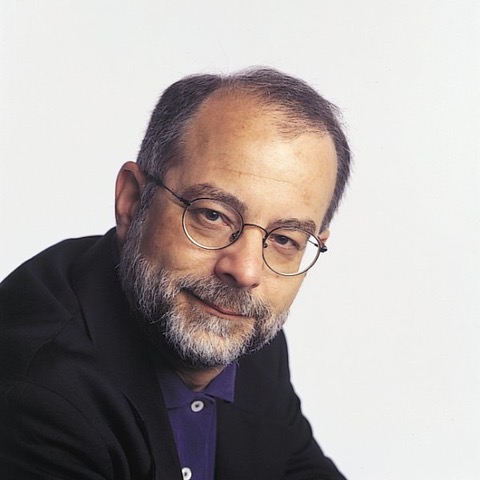Two Canadian entrepreneurs have launched a technology package they believe will help the fishing and aquaculture industry reduce waste, improve product quality, and boost profits.
Sheamus MacDonald and Aleksandr Stabenow recently launched Sedna Technologies in Dartmouth, Nova Scotia. They offer a hardware and cloud-based software suite that can automatically track and trace fresh and frozen products from catch to delivery to the market.
Sedna’s technology is still under development, but when complete, beyond traceability, its tracking tool will give seafood companies the ability to pinpoint where mortality and waste occurs in their systems, MacDonald told SeafoodSource.
“We do feel we can increase your bottom line at a minimum of five percent if you’re using our whole system. We also believe it will increase your overall product value by another five percent, depending on what markets you’re in,” he said.
The technology is promising enough that Fishtech Awards in Qingdao, China identified Sedna as one of the top 10 technology startups globally for fisheries and aquaculture. Sedna will now be featured in a seafood technology roadshow in China, giving it exposure in a huge and growing seafood marketplace.
For now, though, the company’s focus remains more local to Atlantic Canada, and particularly on the lobster business. According to a profile in Nova Scotia’s Chronicle Herald, Sedna is working to build a technology suite that ensures lobsters are kept in top condition throughout their journey from the ocean to the consumer.
“So what our system is capable of doing is not only monitor the conditions in which [the lobster] was held throughout the lifespan, we’re also able to track the quality,” MacDonald said. “With the growing international market, a lobster that’s export quality should remain export quality throughout the supply chain.”
Their suite of products also acts as an inventory management system for everything from bait to fuel. And all of Sedna’s technology can be accessed anywhere via an app that can be used on a cell phone.
“We’re able to do that all completely automated, so as the product moves throughout … we can basically replace all their pen and paper practices,” MacDonald told the Chronicle Herald
In the last few months, Sedna’s work has been refined through face-to-face meetings with industry leaders. One of the seafood companies MacDonald and Stabenow have worked closely with is Cape Breton-based Louisbourg Seafoods. Louisbourg Senior Operations Manager Allan MacLean told SeafoodSource his company is “really excited” Sedna’s technology.
“We met with them a number of months ago and we hope to implement their product. We’re not using it currently because they’re still developing, but we’re kind of a test for them. We brought them in, showed them the operation and the areas where we were having challenges, and they took that back and worked through our challenges and been able to show us what their product can do,” MacLean said. “In six months, they have taken their concept far beyond what we initially talked about. We’re going to be able to use this product.”
MacLean said he was initially won over to help Sedna by the fact that MacDonald previously worked as a commercial fisherman for lobster and crab, and that Stabenow has a background in consumer goods, internet supply chains, and customization of enterprise technologies.
“They really have a gasp of the fishing industry and the supply chain. They’ve obviously had a lot of conversations with people like myself and other fish companies to understand the challenges we’re having and they’ve developed this suite of tools that really is very holistic and allows you to track product and identify issues in real-time,” MacLean said. “So we’re looking forward to implementing their product in our fisheries in 2019.”
According to Stabenow, each sensor starts at CAD 2,200 (USD 1,645, EUR 1,450), which includes a year’s worth of filters and maintenance. But the technology has the potential to save seafood companies multiples of that figure for each sensor they implement. MacLean agreed, telling SeafoodSource the technology has the potential to save his company significant amounts of money.
“I’m really impressed and proud that we have younger people in Nova Scotia who are doing something for the industry in Nova Scotia that’s really needed,” he said.
Most importantly for MacDonald and Stabenow, Sedna has the ability both to bring more money into Nova Scotia’s economy, and to improve global marine sustainability.
“With increased demand for ocean resources, it’s not only managing the resources prior to harvesting, it’s managing them throughout the supply chain. So by reducing the amount of mortality and waste, we’re actually helping get more product to end consumers,” MacDonald told the Chronicle Herald. “If we’re able to aid and help in making sure that more product gets to market, and that money does come back into the Nova Scotia economy, then that’s a plus for the province.”
Image courtesy of Sedna Technologies






